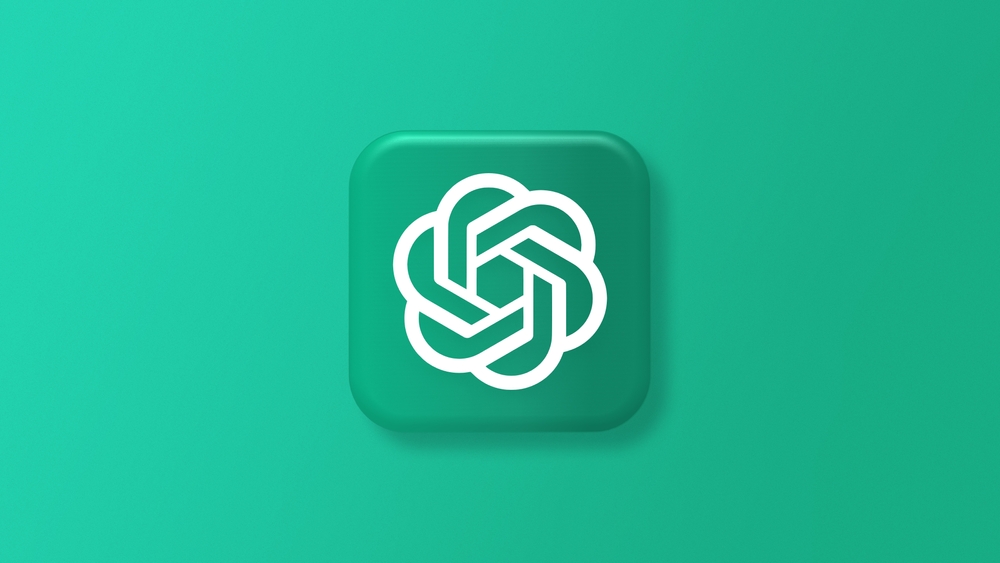OpenAI has announced the launch of the long-awaited memory feature for its ChatGPT chatbot. The feature will allow the bot to remember previous queries and user preferences to make its responses more personalized.

Enhanced Personalization
As reported by The Verge, ChatGPT memory uses two options for processing requests. The first is where users can explicitly tell ChatGPT what details it needs to remember. For example, if you work in a coffee shop, you can tell ChatGPT, and it will use that information for subsequent requests related to your work.
Automatic Contextual Understanding
With the second option, ChatGPT will automatically extract and remember useful information from conversations, similar to other algorithms used in OpenAI applications. For example, if you tell ChatGPT that you have a child who loves jellyfish, then the next time you ask ChatGPT for help with a card, it might suggest drawing a jellyfish wearing a party hat. This way, the chatbot can better understand the context and preferences of a particular user.
User Control and Accessibility
At the same time, OpenAI emphasizes that users will have full control over what information ChatGPT remembers. It will be possible to view and edit this data, as well as “erase” it from the bot’s memory at any time, ensuring confidentiality and security.
Rollout and Future Plans
Initially, only paid subscribers of ChatGPT Plus outside Europe and Korea will have access to the memory function. The reasons for restricting access in these regions have not yet been disclosed. In the future, “memory” will appear in enterprise versions of ChatGPT, as well as in some custom GPT models available in the OpenAI app store, notes NIX Solutions.
Although the functionality of this feature is still limited, over time, according to the developers, this could radically change the user experience of communicating with artificial intelligence and become a step towards creating truly personalized and context-aware chatbots. We’ll keep you updated as advancements continue.
